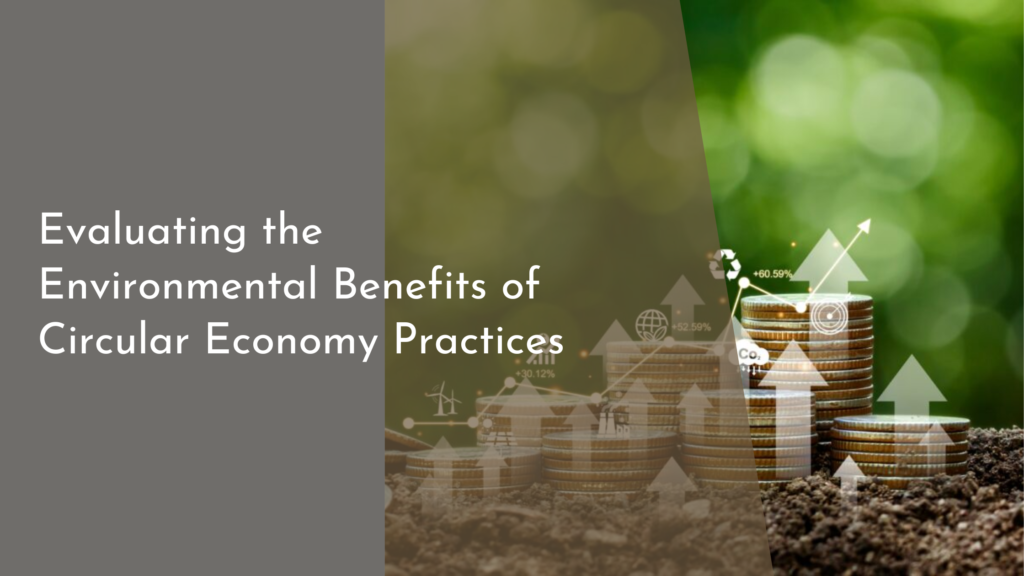The Role of Urban Forestry in Disaster Risk Reduction
Urban forestry plays a vital role in enhancing the resilience of cities against various disasters. As the world continues to grapple with climate change and urbanization, the importance of integrating nature into our urban planning becomes increasingly evident. Urban forests not only beautify our cities but also serve as crucial components in disaster risk reduction strategies. By understanding how trees and green spaces can mitigate risks and foster community resilience, we can better prepare for the challenges that lie ahead.
The benefits of urban forestry extend well beyond aesthetics. From improving air quality to providing shade, urban forests offer a multitude of ecological and social advantages. As cities expand, incorporating green spaces into urban planning can significantly contribute to disaster resilience. In this article, we will explore the essential roles that urban forests play, the collaborative efforts needed to maintain them, and how they can transform our cities into safer, more sustainable environments.
Urban Forests: Nature’s Shield Against Disasters
Urban forests act as a natural buffer against disasters such as floods, heatwaves, and storms. Trees can absorb heavy rainfall, reducing surface runoff and minimizing the risk of urban flooding. The roots of trees help stabilize soil, preventing erosion and landslides in vulnerable areas. Moreover, urban forests enhance groundwater recharge, ensuring that local aquifers are replenished, which can be crucial during drought periods. By strategically planting trees, cities can create green infrastructures that not only combat immediate threats but also contribute to long-term environmental sustainability.
In addition to hydrological benefits, trees help mitigate the urban heat island effect, where city landscapes become significantly warmer than surrounding rural areas. This phenomenon exacerbates heatwaves, posing health risks to residents, especially vulnerable populations. Urban forests provide shade and cool the air through the process of evapotranspiration, fostering a more comfortable living environment. By keeping urban temperatures in check, trees serve as a vital component of disaster preparedness, allowing cities to adapt to the increasing frequency of heat events.
Enhancing Resilience: Trees and Community Safety
The presence of urban forests can significantly enhance community safety by promoting social cohesion and well-being. Green spaces provide a venue for recreational activities, allowing residents to engage with one another and build relationships that can be invaluable during times of crisis. In emergencies, communities that are connected and resilient are better able to respond collectively, supporting each other through challenges. Urban forests can also foster a sense of ownership and pride among residents, encouraging them to take an active role in protecting their environment and preparing for potential disasters.
Furthermore, trees can contribute to reducing crime rates and enhancing mental health. Studies have shown that well-maintained green spaces can deter criminal activity while providing a calming influence that positively affects mental well-being. This synergistic relationship between urban forests and community safety creates a more harmonious urban environment, where residents feel secure and supported. In this way, urban forests not only provide physical barriers to disaster risks but also cultivate safer, healthier neighborhoods.
Green Canopies: A Buffer for Extreme Weather Events
The benefits of green canopies extend to their ability to buffer cities against extreme weather events. During heavy storms, trees can absorb up to 30% of rainfall, which significantly reduces the volume of water that reaches stormwater systems. This not only helps to prevent flooding but also alleviates the pressure on city infrastructure. In addition, tree canopies can shield pedestrians and buildings from wind and hail, reducing property damage during severe weather conditions. These natural protections underscore the value of maintaining and expanding urban forestry initiatives as integral components of disaster risk management.
Moreover, urban forests play a crucial role in carbon sequestration, helping cities mitigate the impacts of climate change. By absorbing carbon dioxide from the atmosphere, trees help to combat global warming, reducing the severity and frequency of extreme weather events over time. As cities strive to become more resilient in the face of climate change, investing in urban forestry becomes a vital strategy. The dual benefits of immediate protection from extreme weather and long-term climate mitigation make green canopies a smart investment for any urban area.
Collaborative Efforts: Growing Stronger Together in Cities
The success of urban forestry in disaster risk reduction relies heavily on collaborative efforts among various stakeholders. City planners, environmental organizations, and community members must work together to create and maintain urban green spaces. Collaborative tree planting initiatives, educational programs, and community-led stewardship activities can foster a strong sense of ownership and responsibility among residents. These partnerships not only enhance the quality of urban forests but also promote awareness of their vital role in disaster preparedness and response.
Additionally, integrating urban forestry into broader disaster management strategies is essential for maximizing its benefits. City officials should prioritize green infrastructure in zoning regulations, funding opportunities, and emergency planning. By establishing policies that support the sustainable growth of urban forests, cities can create a safer and more resilient environment for all residents. Through shared goals and cooperative actions, communities can harness the power of urban forestry to mitigate disaster risks and enhance the quality of life in urban spaces.
Urban forestry serves as a vital component of disaster risk reduction, providing a multitude of benefits that enhance community safety and resilience. From acting as a natural shield against extreme weather to fostering social cohesion, the role of trees in urban environments cannot be overstated. As cities continue to grow and evolve, prioritizing green spaces and sustainable practices will be essential for creating safe, vibrant, and resilient communities. By working together and recognizing the importance of urban forests, we can ensure a greener, safer future for generations to come.

